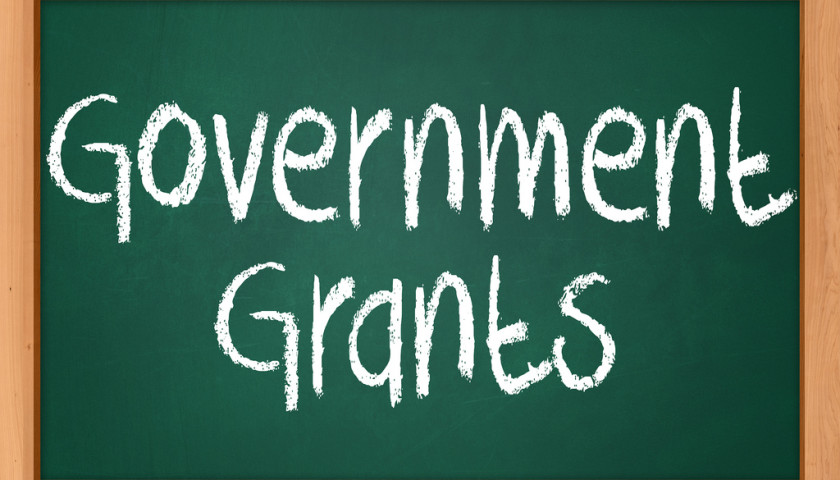In the United States Federal grants are economic aid issued by the United States government out of the general federal revenue. Grants may also be issued by private non-profit organizations such as foundations, not-for-profit corporations or charitable trusts which are all collectively referred to as charities.
Outside the United States grants, subventions or subsidies are used to in similar fashion by government or private charities to subsidize programs and projects that fit within the funding criteria of the grant-giving entity or donor.
Grants can be unrestricted, to be used by the recipient in any fashion within the perimeter of the recipient organization’s activities or they may be restricted to a specific purpose by the benefactor.
Types of Grants
Project grants are awarded competitively. Project grants are the most common form of grant and a large number are found in education (such as Federal Pell Grants), social services, the arts and health care.
Formula grants provide funds as dictated by a law. Example: Aid to Families with Dependent Children, Job Training Partnership Act, Work Incentive Program
Categorical grants may be spent only for narrowly defined purposes and recipients often must match a portion of the federal funds. 33% of categorical grants are considered to be formula grants. Example: Head Start, Urban Forestry Assistance, Asbestos School Hazards Abatement. About 90% of federal aid dollars are spent for categorical grants.
Block grants combine categorical grants into a single program. Example: Community Development Block Grant, Alcohol, Drug Abuse, and Mental Health Services Block Grant. Recipients of block grants have more leeway in using funds than recipients of individual categorical grants. All block grants are considered to be formula grants.
Federal and State grants frequently receive criticism due to what are perceived to be excessive regulations. These criticisms include problems of overlap, duplication, excessive categorization, insufficient information, varying requirements, arbitrary federal decision-making, and grantsmanship.
There are over 900 grant programs offered by the 26 Federal grant-making agencies. These programs fall into 21 categories:
Agricultural Grants
Arts Grant
Business and Commerce Grant
Community Development Grants
Consumer Protection Grants
Disaster Prevention and Relief Grant
Education Regional Development Grant
Employment, Labor, and Training Grants
Energy Grants
Environmental QualityGrant
Food and Nutrition Grants
Health Grants
Housing Grants
Humanities Grant
Information and Statistics Grants
Law, Justice, and Legal Services Grants
Natural Resources Grant
Science and Technology Grant
Social Services and Income Security Grant
Transportation Grant




